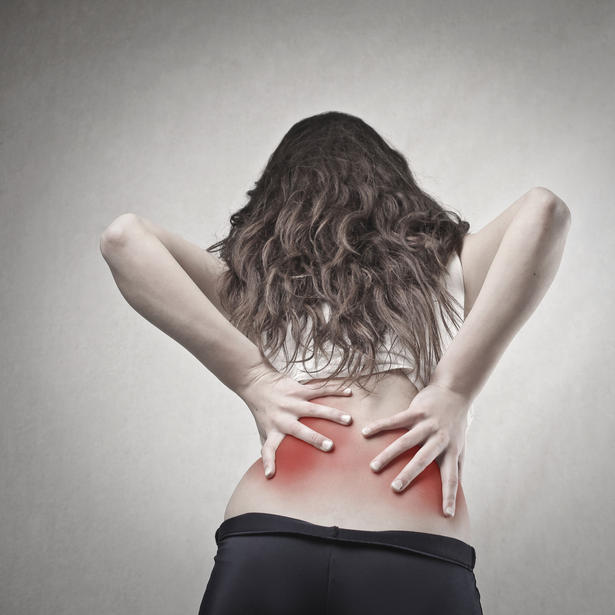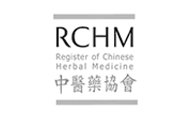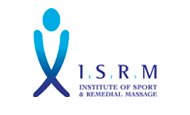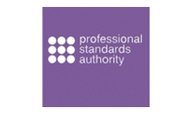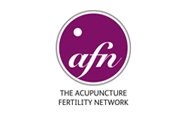A case study of one persons treatment with acupuncture for pain in the sacroiliac SIJ region, lower back pain at the base of the spine.
Sacroiliac pain treatment using acupuncture
Case history
This patient had been coming for acupuncture to treat menstrual problems, but on this occasion presented with a recurrence of acute lower back pain. It had started suddenly after bending over to pick something up. Her lower back was tight and the pain was located primarily at the left sacroiliac joint (SIJ), radiating out into the lower back. The pulse was wiry (xian) overall, less forceful (wu li) on the left than on the right and confined (lao) in both proximal positions indicating qi or blood constraint in the lower jiao. Her tongue was pale and swollen with tooth marks and a purple area at the rear.
Chinese medicine and structural Diagnosis
Notwithstanding her underlying condition of Liver blood deficiency and Liver qi stagnation, my diagnosis was of qi and blood stagnation in the Bladder channel of the lower back. Musculoskeletal examination revealed that piriformis and gluteus medius were involved, as were the lumbar paraspinal muscles; the root of the problem, however, seemed to be a fixation of the left SIJ , which was confirmed by seated and standing nutation and counternutation (the small anterior- posterior gliding movements of the sacrum between the ilia) tests . The treatment administered was as follows:
Acupuncture points used in the treatment of sacroiliac pain
The following strategy combines chinese medicine channel theory with myofascial anatomy knowledge and some recent research around the effects of acupuncture on connective tissue.
- Shangliao BL-31 to release the deep fascia on the ventral surface of the sacrum.
- Pangguangshu BL-28 and Xiaochangshu BL-27 on the left hand side using a strong unidirectional rotation to increase the bond between the fascia and the needle, and then release the fascia at the sacroiliac joint.
- Shenshu BL-23 to release the lumbar muscles and nourish the Kidneys.
- Sanyinjiao SP-6 as a distal yin channel point to balance the point prescription, harmonise the Liver and support the Kidneys (to regulate the underlying menstrual problem).
- Zusanli ST-36 to nourish qi and blood.
Results of acupuncture treatment of sacro-iliac pain
The day following treatment she felt stiff in the SIJ area and then the pain disappeared completely. It has not returned in the year since treatment.
Acupuncture treatment of sacro-iliac pain: discussion
It would of course be entirely possible to come to similar decisions regarding point selection by purely relying on traditional Chinese medicine channel theory rather than integrating fascial anatomy knowledge. This in itself may tell us something about the relationship of channel and fascial dynamics. To have similar success using different approaches might also be possible.
Having a deep awareness of anatomy and the interrelationship of fascial structure and acupuncture channels can clarify the clinical decision-making process, inform needle technique and help focus the intent to produce better results from treatment.


